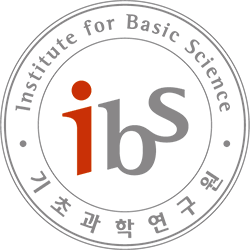
- This event has passed.
Excess Mortality, Two Lenses : Healthcare Access and Cross-National Time Trends – Daeil Jang
September 29 @ 4:00 pm - 6:00 pm KST
Daejeon, Daejeon 34126 Korea, Republic of + Google Map
Abstract
Background : Excess mortality captures both the direct and indirect impacts of the pandemic. We examine (1) within-country heterogeneity by healthcare access over distinct viral waves in Korea, and (2) cross-country associations between excess mortality and preparedness (Global Health Security, GHS), stratified by IMF development stage.
Methods : Study 1 assembled a region-level panel linking excess deaths (observed–expected) with healthcare access indicators (capacity, travel time, etc.) and estimated fixed-effects/event-study models across epidemic phases. Study 2 analyzed 60 countries, relating standardized excess mortality rates to GHS scores, with correlations/regressions reported within IMF development groups.
Results : In Korea, healthcare access was significantly associated with higher excess mortality only during the Omicron surge, with no consistent differences in earlier phases—suggesting that access constraints translate into excess deaths primarily under acute demand spikes. Globally, excess mortality showed an overall negative association with GHS scores, but the magnitude and significance differed by IMF development stage, indicating effect modification
by structural context.
Conclusions : During rapid surges (e.g., Omicron), access bottlenecks—beds, staffing, transport—are closely linked to excess deaths. Internationally, preparedness capacity matters, yet its protective association varies with development level. Policy priorities include
surge capacity, timely access pathways, and context-tailored preparedness investments; future work should strengthen causal inference with age standardization, reporting-delay adjustments, and cause-specific linkages.

